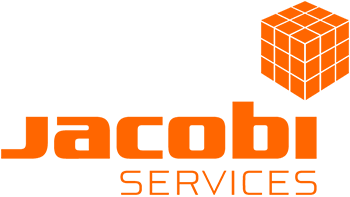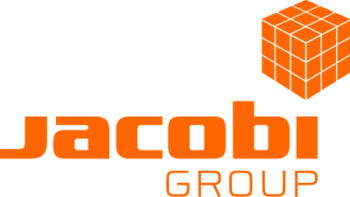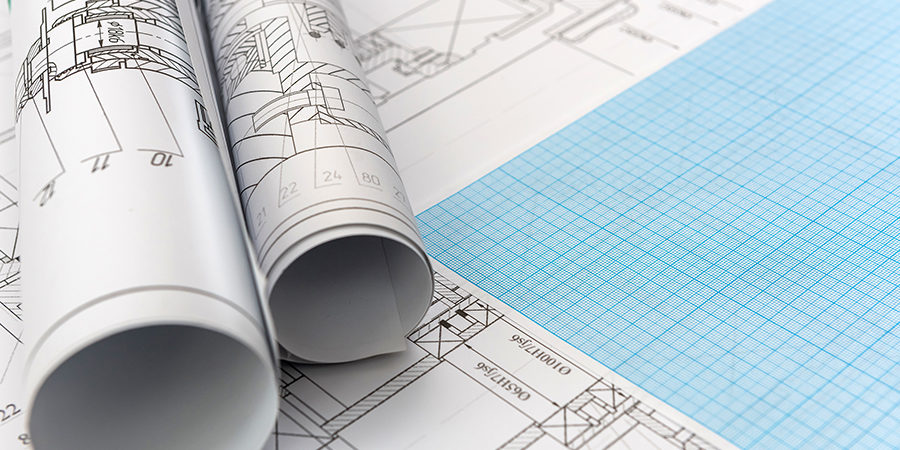The design or selection of the auxiliary equipment of an activated carbon filter depends on a combination of different selection criteria and must be in accordance with the local safety rules.
Fan
When selecting an industrial fan, we must take into consideration different criteria:
- Flow rate
- Can the fan deliver the required flow rate needed for the application?
- Pressure
- Pressure required to generate desired flow
- Pressure to overcome the pressure loss across the filter
- Pressure drop due to ducting of the system
- Engine selection
- Are there already other engines on site to avoid additional stock for maintenance purposes
- Energy consumption
- Pressure drops (activated carbon plus empty filter)
- Other Parameters
- Noise level restrictions
- What is the position of the fan?
- Before or after the filter (inlet and outlet discharge configuration)
- Are there any hazards (e.g. flammable gas, corrosion, agents etc)?
- Material of construction
- Is the area an ATEX Zone (internal or external)?
- Electrical supply
- Is speed control required? Do we want to install a frequency variator?
- Do we have physical size constraints?
- Superficial contact time (SCT)
- Is the velocity across the filter giving desired superficial contact time?
Jacobi services can supply industrial fans as part of a total service package.
Dust control
Dust in the air can be an issue when using activated carbon filters. It is recommended to limit the dust level to maximum 1mg/Nm³ in air treatment with extruded or granular activated carbon. For dust control systems we can consider several options:
- Do we want to install a fine dust monitoring device in front of the activated carbon filter? In the market we can find several detection methods, such as ultrasonic or laser detection.
- The type of dust filter depends on the dust load, particle sizes and flowrate. One can opt for an automatic or manual system.
Several types of dust filters exist in the market. The selection of the type will determine the efficiency of the system, capital, maintenance and operating costs. Several dust removal systems are available including:
- Cyclone
- Electro filters
- Dry electro filter
- Wet electro filter
- Filtration
- Fabric filter
- Ceramic filter
- Absolute filter
- Demister (mist filter or aerosol filter)
- Drainage condensate
- Remember the possible cleaning of the demister
- Wet dust scrubbing
- Rotation scrubber
- Venturi scrubber
- Spray chamber
Drying
The humidity of the air to be treated can have a negative impact on the efficiency of the activated carbon filter. A demister must be installed when aerosols or mist are present followed by a drying system. Heating up the air or diluting the air with dry air will reduce the relative humidity, but there are examples where this is not possible and where the installation of a drying system is required.
Chillers are at the very heart of a drying/dehumidification processes. They supply the refrigerant, generally glycol water, to cool the heat exchanger. Water vapour in saturated air will condense when cooling the air. Careful selection of the chiller, by determining the amount of water to be removed (with a Mollier diagram), is therefore vital to the correct operation and durability of the adsorption filter.
Some air-drying facilities are equipped with an energy recovery unit/economiser in order to minimise the energy consumption required for the operation. This reduces the operating costs and enables a lower capital cost because less powerful refrigeration units can be used. The use of economisers depends on many factors, including the flow to be treated and temperature of the air.
Pressure drop measurement
Pressure drop measurement should be installed to control the eventual blockage of the activated carbon filter and thus the functioning of the demister and dust filter. It also allows to check the functioning of the fan.
Temperature
Temperature measurement for hotspot detection is useless, in contradiction with the popular belief that it is a must. When a remarkable temperature increase is measured then there is already a bed fire and firefighting is usually the only remaining option. This is because the initial, very local hotspot development cannot be reliably detected using temperature measuring devices and:
- The airflow will disperse and dilute the heat caused by the hot spot.
- There is a normal increase in temperature of the gas stream due to the heat of adsorption, or in the case of impregnated carbons, a heat of reaction/formation as new compounds are formed.
- Activated carbon is also an insulator and poor heat conductor. Siting of temperature probes in the activated carbon bed may both miss the site of a hotspot and can also disrupt flow which can lead to the conditions favouring hot spot development.
Security of operation
A bed fire will first start as an initial glowing, or incandescence, of the activated carbon. This causes the release of carbon monoxide (CO) as a product of combustion. Therefore, carbon monoxide monitors placed in the outlet of the carbon filter unit have been proven to be a better choice for hotspot detection. Avoiding bed fires is always better than curing it when it is too late. The main principles are:
- Sufficient heat removal before the heat becomes a problem
- Good and fast detection with carbon monoxide (CO) measurement
- Prevention by informing (potential) users so that they are aware and can take the necessary precautions
Adsorption and chemisorption on activated carbon can be a highly exothermic process and therefore several precautions need to be considered to avoid the formation of hotspots which can lead to fire.
Make sure that all safety precautions are in place before starting up a new filter. Not every air cleaning process is the same and, depending on the process, and one should evaluate better, different options. The following points should be checked prior to start up:
- Emergency shut down
- Can the industrial air filter completely be isolated by closing inlet and outlet (blind flange and/or valves) in the exceptional event of a hotspot or bed fire, during stand-by and for mobile filters during transport?
- Exotherm
- Is a CO detection foreseen to detect hotspots?
- Flame arrestor
- Is a flame arrestor placed in-line between the mobile filter unit and the source of the emission?
- Inertisation inlet
- Is the inertisation connection in place and a sufficient volume of inert gas (min. 5 filter volumes) available?
- Inertisation outlet
- Is a pressure release or inertisation outlet installed?
- Interconnection
- Is a flanged flexible hose or pipe of suitable length and diameter available to connect the mobile filter(s) with the other parts?
- Water supply
- Is the up-flow water flooding connected and is the firefighting water flowrate limited via a suitable orifice for the unlikely event of an exotherm developing and water quench being necessary?
Piping
During the design of the piping system one should consider a minimum clearance height and the accessibility of:
- The truck
- Forklift
- Trans pallet or
- Other devices
The linear velocity in air purification system piping is usually 10-20m/s. A minimum linear velocity of 17m/s is recommended when dust is present to avoid dust settling.
Earthing
An activated carbon filter and the auxiliary equipment should be earthed via the earthing boss before start-up of the system.
Flame arrester
A flame arrester or flame trap is a device that stops fuel combustion by extinguishing the flame. They are always used for storage tank vents where activated carbon is installed to prevent organic or odorous emissions.


